
The Future of Wellbeing
Exploring the wellbeing trend in a deeper way, focusing on how technological integration can enhance wellbeing in the workplace and looking at the 'Pro-working' trend.
In today’s workplace, wellbeing is increasingly valued just as much as money, and so it’s more important than ever to provide a healthy work-life balance for staff. According to Patrick Watt, Corporate Director of Bupa healthcare, 85% of British workers think their employer has a responsibility to care for their health and wellbeing, while nearly as many, 63%, also think their job negatively impacts their overall health and wellbeing. Clearly there’s still a lot of work to be done.
Improving wellbeing has many benefits for employees—such as lower levels of stress and anxiety, and a happier, more optimistic outlook—but that’s only one side of the story. It has just as many benefits for employers as well: it reduces absenteeism, raises engagement levels, productivity and company loyalty, and also helps curb rising healthcare costs.
We’ve covered the relationship between wellbeing and good workplace design and working practices before, but this time around we’d like to explore the Wellbeing Trend in a deeper way, and also update it for 2019, by focusing on how technology in the workplace can help to enhance wellbeing, and by elaborating on how the Pro-Working Trend can help in a different way.

Primalbase, Amsterdam, Holland Photo credits: Jana Filatova
Upskilling Hearts and Minds
Upskilling doesn’t just apply to how employees work, but also to how they look after themselves and relax, which is just as important. In order to run a successful wellness programme it’s essential to have high participation rates. This is where technology comes in: by making it easier for people to get involved, and making the learning process more fun, it helps encourage participation.
Research has found that 60% employees would be more inclined to participate in workplace wellness programmes if digital technology was used to implement it. So, even if the programme involves offline classes and taught sessions, it’s still a good idea to augment those with technological integration; and the best way of doing so is through the provision of wearables and apps.
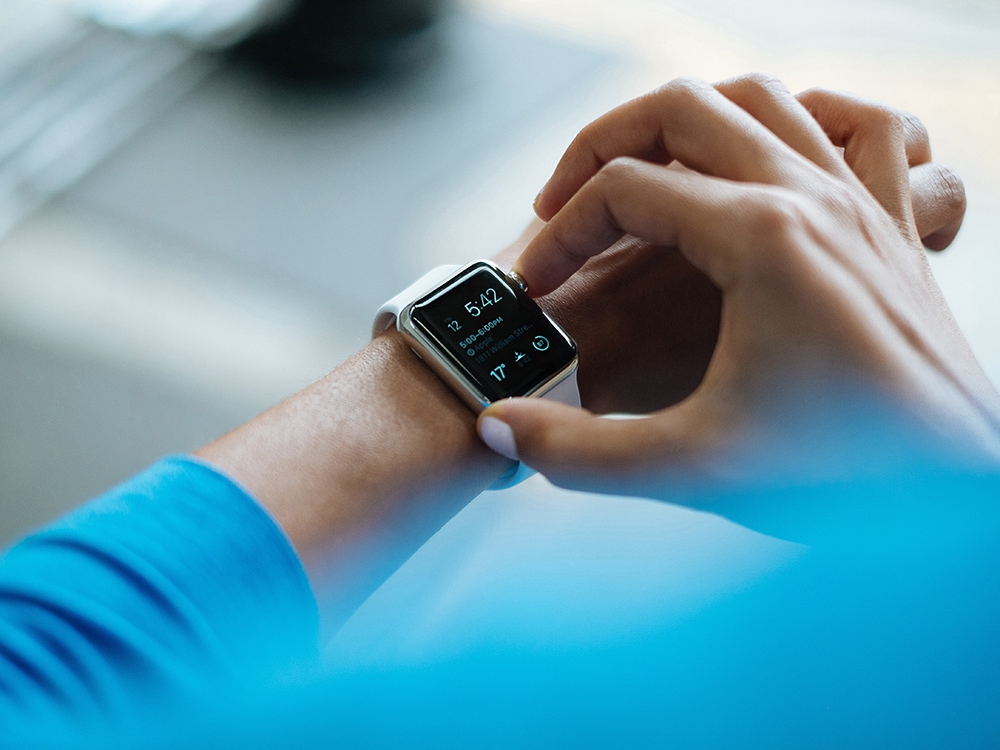
Photo credits: Luke Chesser
Wearables for the Body
12% of employees already use a wearable fitness device—such as a Fitbit, or an Apple Watch, or a Jawbone—and that number is expected to double in the next few years. These perform all kinds of useful functions: they can monitor heart rates and stress levels; they can help motivate wearers to fulfil their fitness plans; they can remind wearers to get up and move about, and help eliminate sedentary lifestyles. They can even help track eating habits so that wearers stick to their dietary plans. Some forward-thinking companies are already subsidizing these wearables, and understandably so: 71% of employees using wearables claim they’re more productive now than ever before.
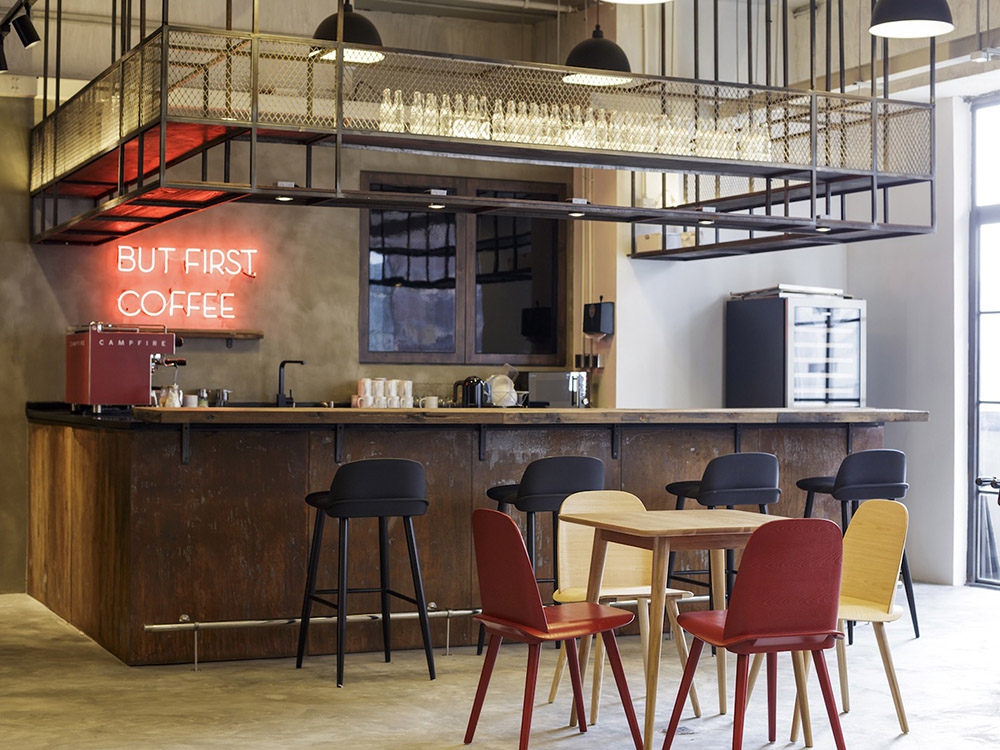
Campfire's Hong Kong Space
Apps for the Mind
While only 12% of employees use a wearable device, for now, almost all of them have a smart phone. Good apps can transform a workforce quickly. The most popular ones at the moment are those facilitating mindfulness: which is to say, a relaxed, accepting state of mind that can be reached by focusing on the present moment. The goal of mindfulness is to clear one’s mind of worries, and plenty of companies also subsidize employees’ subscriptions to personal mindfulness apps such as Headspace or Calm.
But there are many other useful apps worth trying out as well. There are productivity apps like Focus Booster, which encourages you to work in focused intervals separated by short breaks. There are stress management apps like Worry Watch, which helps you compare your worries against actual outcomes. And there are fitness apps like the Nike+ Running app, which turns jogging into more of a game and keeps track of your progress over time.

The Cloud Room, Seattle, Washington Photo credits: Lara Swimmer, Tim Bies, Rafael Soldi
The Workplace as a Luxury Hotel
As we’ve covered recently, the new Hospitality Design Trend is about blending elements of the hotel, the sports club, and the café with the office. A great example of this is the luxury “Pro-working” space provider Fora, which takes the best parts of the hotel experience and applies those to coworking spaces. Each of their locations includes a restaurant, a members’ club, a yoga studio, shower rooms and more; they even train staff at a renowned hospitality school in Lausanne, Switzerland. Everybody working there feels looked after, and this raises wellbeing greatly.
But Fora also embrace a high-tech approach to design: they use sensors to monitor how frequently different parts of their buildings are used, and they’re running a three-year research programme into workplace design with professors from Massachusetts Institute of Technology (MIT); a large part of which is, of course, about fostering a greater sense of wellbeing. So they’re using technology not only to make their customers happy, but also to teach themselves how to design a perfect space.

Adaptive Lab, Shoreditch, England Photo credits: Guy Archard
In conclusion, wellbeing is vital for both businesses and staff. And the best new ways of raising wellbeing levels are using the latest consumer tech and software to help promote workplace wellness programmes, or borrowing from the hospitality industry, which has a lot of expertise in looking after people, to create professional spaces that are also sanctuaries of wellness; or, best of all, taking the holistic approach and doing both.
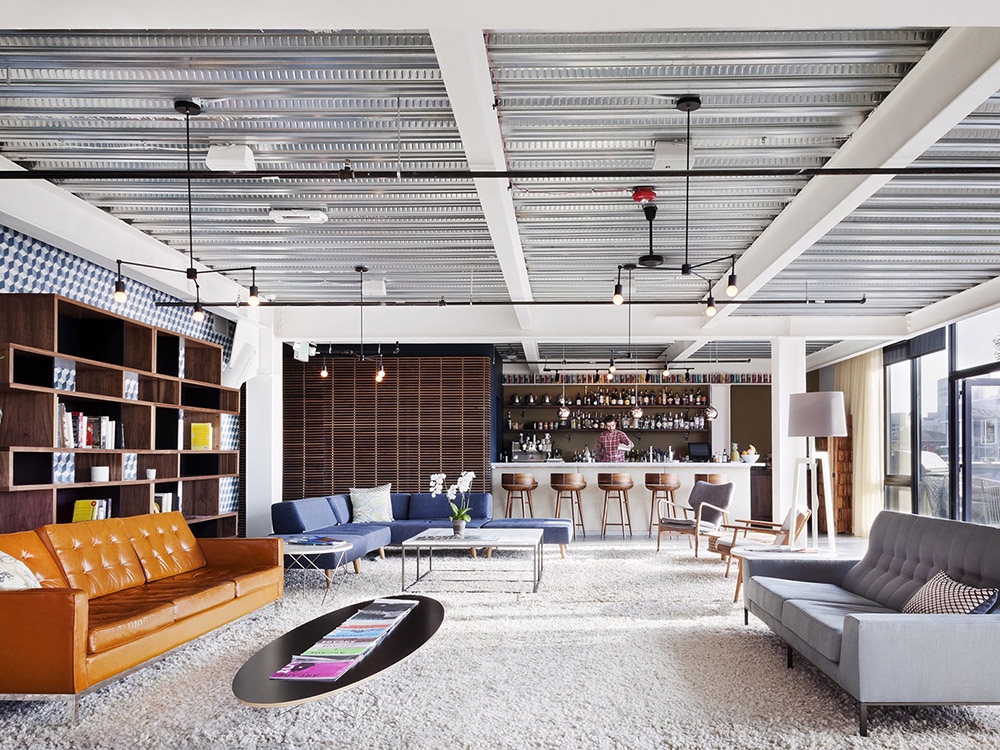
The Cloud Room, Seattle, Washington Photo credits: Lara Swimmer, Tim Bies, Rafael Soldi
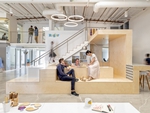


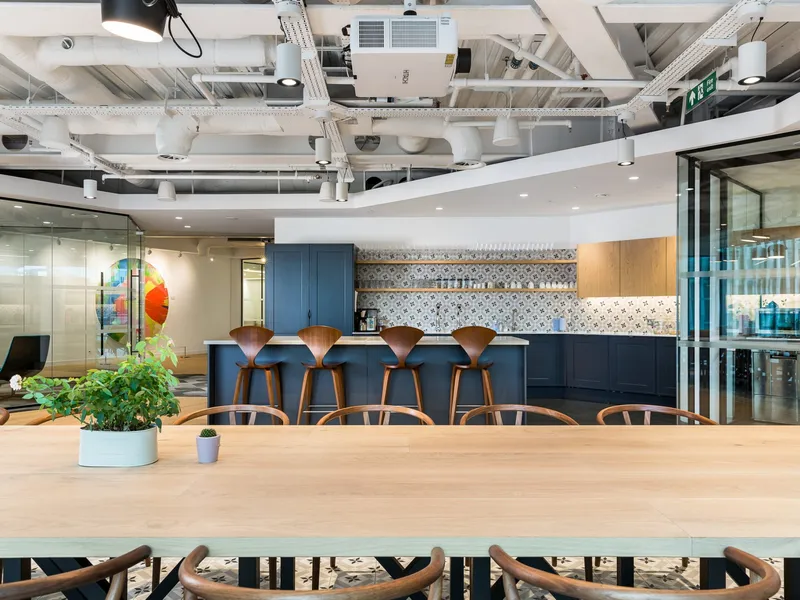
For their London office in the heart of Westminster, Tishman Speyer collaborated with Oktra to build a playful space, a…
REAL ESTATE
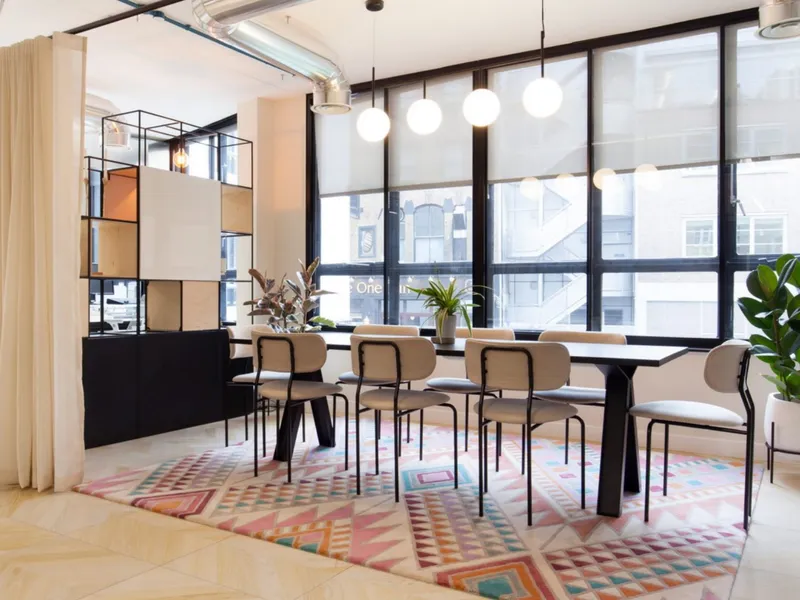
Design experts eporta have recently completed the transformation of their new, very stylish offices in London. A sophis…
ARCHITECTURE & DESIGN
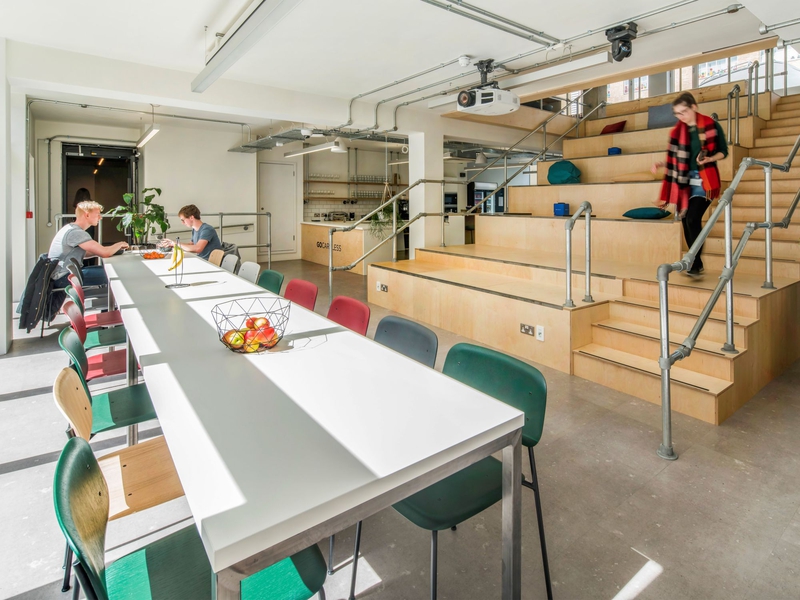
Online Direct Debit specialists GoCardless, have recently moved into larger premises in the creative hub of Sutton Yard…
FINANCIAL SERVICES